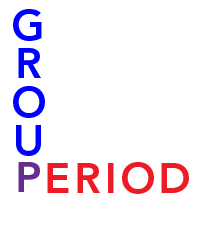The Genius of Mendeleev's Table

Screen capture from the TED Ed video “The genius of Mendeleev's periodic table” by Lou Serico

Screen capture from the TED Ed video “The genius of Mendeleev's periodic table” by Lou Serico
8.12
How does this align with my curriculum?
Curriculum Alignment
AB
11
Knowledge and Employability Science 20-4 (2006)
Unit A: Applications of Matter and Chemical Change
BC
9
Science Grade 9 (June 2016)
Big Idea: The electron arrangement of atoms impacts their chemical nature.
NU
9
Knowledge and Employability Science 9 (Alberta, Revised 2009)
Unit B: Matter and Chemical Change
NU
11
Knowledge and Employability Science 20-4 (Alberta, 2006)
Unit A: Applications of Matter and Chemical Change
YT
11
Chemistry 11 (British Columbia, June 2018)
Big Idea: Atoms and molecules are building blocks of matter.
YT
9
Science Grade 9 (British Columbia, June 2016)
Big Idea: The electron arrangement of atoms impacts their chemical nature.
NT
9
Knowledge and Employability Science 9 (Alberta, Revised 2009)
Unit B: Matter and Chemical Change
NT
11
Knowledge and Employability Science 20-4 (Alberta, 2006)
Unit A: Applications of Matter and Chemical Change
